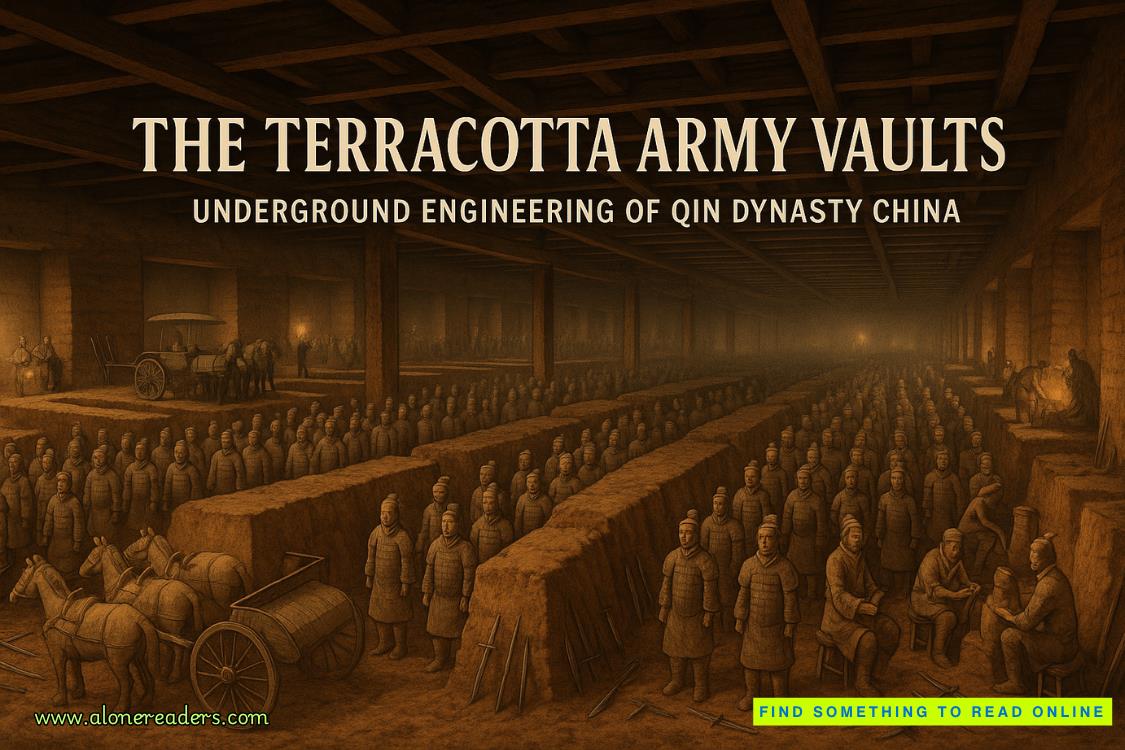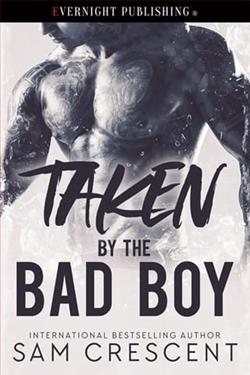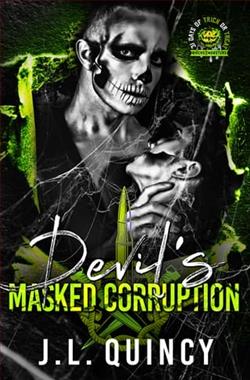Page 54 of The Atlas Maneuver
He’d figured as much. “Why take you?”
“I can’t tell you that. Koger has to be the one.”
That’s not what he wanted to hear. So he asked, “How did they know you were here, in Switzerland?”
“They have eyes and ears inside the bank. The PSIA woman, Aiko Ejima, admitted that. They know a lot about a lot.”
“Like what?”
She hesitated. “I want to tell you, but I need to speak with Koger first.”
Okay. Fine.
So did he.
CASSIOPEIA CHANGED CLOTHES, REPLACING HER DAMP ONES WITH Afresh shirt and pants from the travel bag she’d brought with her from France, which had been sitting in Koger’s car. They should have been on their way north toward Basel and Cotton, this favor over and done with, but that plan had changed. Koger and Rob Citrone were still talking. Koger had asked for some privacy and she’d obliged them by walking downstairs.
The house was a wreck.
It would take time to put the place back in order.
She wandered through the rooms and admired some of the paintings, statues, vases, and figurines. Beautiful objets d’art, allsurely acquired over the years by a devoted collector, an eclectic mixture of old and new.
A lot like Citrone himself.
She was trying to assess the man, but she’d noticed that Citrone liked to divert a listener’s attention with false modesty and unrequested courtesies. She’d also noticed that Koger was not all that enamored either, asking questions, pressing for answers, more humoring Citrone than believing him.
Which made her wonder.
Was Koger thinking the same thing?
She entered one of the trashed rooms. A small salon. A case clock caught her eye. Cobalt blue. With an elaborate pastiche of gilt and bronze topped by two smiling and garlanded gold cherubs. Not working. Still impressive. And oddly still standing. Unaffected. Unlike the framed paintings that lay scattered across the parquet floor. One grabbed her attention. An oil portrait of Martin Luther, the patina cracked and muted from age. In the lower right corner she saw the image of a small winged snake supporting a ruby ring.
And instantly knew the artist.
Lucas Cranach the Elder.
From the German Renaissance of the 16th century. He specialized in portraits of kings, emperors, and prelates. This one was typical for a Cranach. Loaded with exceptional detail. She knew most of Cranach’s work hung in museums. His paintings were expensive and not all that much in demand. A pall had settled over his work in the mid-20th century when Hitler took a liking to him. The Nazis looted many a Cranach. Lawsuit after lawsuit had been fought in courts all across Europe by owners trying to get their originals back.
Yet here was one.
Owned by Sir Robert Citrone.
Then she noticed another painting hanging askew on the far wall. A watercolor framed behind glass. Of Neuschwanstein in Bavaria, one of King Ludwig II’s fairy-tale castles. She’d visitedthe site a couple of times. There was nothing special about the work, a reasonable interpretation with muted colors and simple lines. But it was the signature at the lower right corner that made it noteworthy.
A. Hitler
Adolf Hitler.
She knew Hitler painted. About three hundred of his works had survived. From time to time they came up for sale at auction houses. Most people considered it immoral to buy one. Apparently not Rob Citrone.
She heard her name called out by Koger.
“In here,” she said back.
Koger stomped down the hall and stopped at the parlor’s open doorway. “Citrone is gathering some information for us.”
“Anything useful?”















